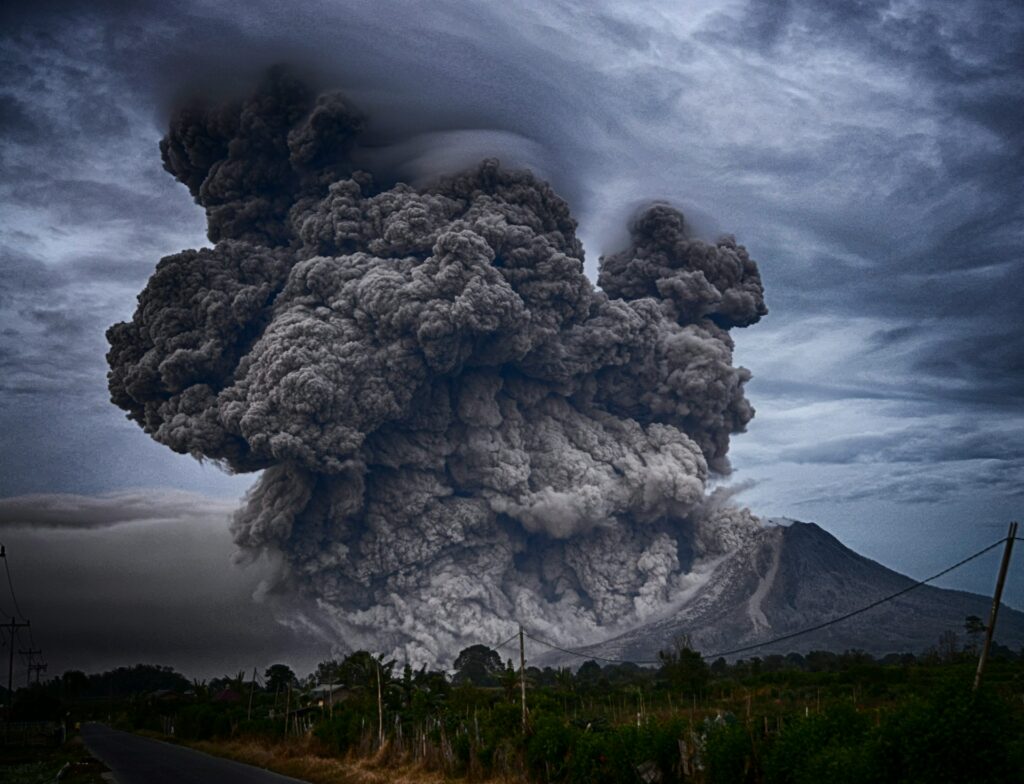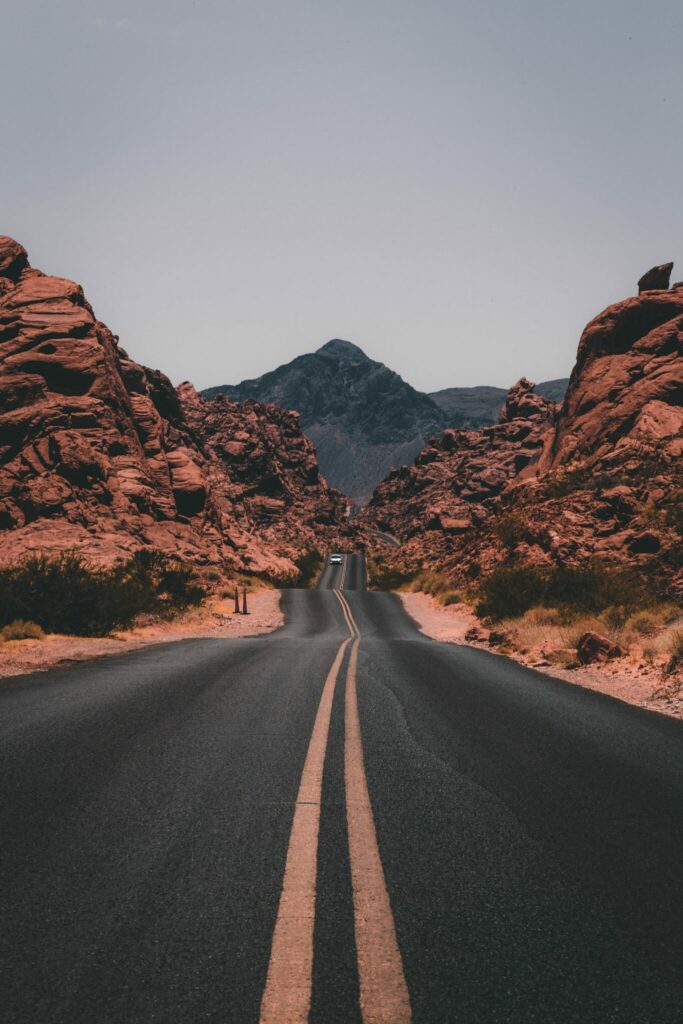Most Recent News


Popular News




A deep look into the study by John Calhoun where mice drove themselves to extinction within a Mousetopia. With parallels to the modern day.

An astute reader of ours here at HD reminded me of a study I researched in years past.
I had forgotten about it in recent years, but it’s an intriguing incursion into the reality of abundance. Along with the need for natural pressures stemming from a natural order.
That study is Mousetopia.
In 1972, John Calhoun (an animal behaviorist) began his studies on what would happen if mice were placed into their perfect utopia: One with unlimited food, endless water, no disease, and absolute safety from any natural pressures. A utopia as glorious as imaginable.
He performed many types of these studies, eventually leading up to his most ambitious one. Dubbed “Universe 25”, it became known as Mousetopia.
Its story is here:
The Amazing Rise and Fall of a Rodent Utopia
These experiments culminated in Calhoun’s most famous and ambitious experiment of them all, “Universe 25.” Calhoun created a complex, controlled environment that was a large room that measured 2.7 meters square and was split into 4 separate interconnected pens. Surrounding this Universe were 16 tunnels leading to food, water, and various burrows, and there was a total of 256 “apartments,” each able to accommodate up to 15 mice, all connected for easy access by a series of ramps. Four breeding pairs of mice were introduced to this spacious enclosure and were given unlimited, easy access to food and water. This sort of habitat was referred to as a “mortality-inhibiting environment,” basically with the aim of limiting transmittable diseases, providing limitless food, water, nesting material, and other valuable resources, and basically doing everything possible to make sure the rats didn’t die or face any real discomfort; in essence emulating the conditions of many humans in similar environments. The temperature was kept at a constant, balmy 20 degrees Celsius or more, and the mice had free reign to roam wherever they liked within the habitat. Throughout the whole experiment the enclosure would be kept clean and disease free, with the health of the mice constantly monitored by veterinarians. The only limitation faced by the mice would be that of physical space. Then Calhoun sat back and waited to see what would happen.
The rodents first spent around 104 days getting accustomed to their environment, a phase that Calhoun referred to as the “strive period,” or an initial period of adjustment when the mice were basically just establishing territories and creating nests. Then the mouse population at first began to increase at a rapid rate just as predicted, a phase that was called the “exploit period.” During this phase, the mouse population of Universe 25 roughly doubled every 55 days until by day 315 their numbers had reached 620. At this point, the large enclosure was becoming a bit crowded in some places and the birthrate plunged to a much lower rate, about one third of what it had been before. It was also noticed that food was being consumed more in certain areas, despite the fact that all of the compartments were identical. The mice began to associate eating and drinking with being with others, rarely if ever eating alone, and the population started to gravitate towards certain compartments where all of the eating took place. This made some apartments and compartments crowded well beyond their intended capacity while others remained sparsely populated or even empty. The enclosure wasn’t truly overcrowded, as it had been designed for up to 3,000 mice, but rather, it had developed a very unbalanced distribution of individuals. This persistent gathering and eating in overcrowded gathering points seemed to result in three times more socially immature mice than socially established ones, suggesting that they were somehow losing their ability to form social bonds. That was around the time when the perfect society of unlimited resources that Calhoun had so meticulously created began to crumble.
From around Day 315 of the experiment, a wide variety of odd behavior started to surface among the animals. Some male mice who had no social role in the face of the burgeoning population suddenly seemed to lose their sense of purpose and became detached from these natural roles. They stopped trying to defend their own territory or pregnant females, lost interest in those around them, and whereas they would normally emigrate to other broods they found none willing to accept them and so became listless wanderers tending to congregate in the center of the Universe where they spent their days mindlessly eating or fighting amongst themselves. These males were seen as the “outcasts” of the society. The more dominant males among these became markedly more vicious and violent, attacking others without provocation and fighting for no apparent reason. Many of these roving males would roam about attacking or mounting, essentially raping, other mice indiscriminately, regardless of gender or relation. The non-dominant males conversely became extremely meek and passive, with some of them becoming the targets of repeated attacks by other males while refusing to fight back. In some cases, cannibalism occurred among the mice, and there was generally a descent into feral, violent behavior punctuated by intense bursts of shocking brutality.
The female mice were not having much more luck. In the absence of any males willing to protect their nests, mothers began to become highly aggressive towards trespassers, essentially taking on the role typically reserved for the males. Unfortunately, this went into overdrive. Young mice were banished before they were weaned and often mothers ignored their young or seemingly forgot about them. Some females became unusually aggressive towards even their own offspring and would even sometimes attack and kill their own young, while others became morose hermits who refused to mate. All of this led to a quickly sinking birthrate and an infant mortality rate of over 90% in some areas of the enclosure. This era of bursts of explosive violence and hypersexual behavior came to be known as the “stagnation phase,” or “equilibrium period.” Calhoun speculated that a lack of social roles to fill combined with constant, unwanted social and physical contact in the face of the increased population density was at the root of the aggression, withdrawal, and sexual deviancy.
The final phase of the experiment was ominously referred to as “the death phase” or “die period.” By Day 560, the population increase had plunged to next to nothing, partly due to the alarming mortality rate that had reached nearly 100% and partly due to a disinterested attitude towards procreation that began to be exhibited in many of the male mice. Amid all of this turmoil and degradation within Universe 25, there was also a new generation of mice emerging that had not ever been subjected to a normal social upbringing and showed absolutely no interest in fighting, courtship, mating, raising young, or much of anything really. Calhoun referred to this aberrant group of mice as “the beautiful ones.” These “beautiful ones” were completely detached from society, had completely lost touch with normal mouse behavior, and spent all of their time eating, sleeping, or incessantly grooming and preening themselves, leading them to having a fine, robust, healthy appearance with keen and alert eyes, hence their name. Calhoun often referred to these mice as “handsome,” however, their beauty was truly only skin deep. Inside they were empty. The beautiful ones lived peacefully secluded and withdrawn from the rest of the society in the less crowded areas; eating, sleeping, avoiding conflict, grooming, and not mating in any way, and seemed to be spared any violence that broke out among the other mice, yet they did nothing to further the society either. They had essentially lost all of their desire to interact with others and spent their days in a lackadaisical daze.
Calhoun liked to refer to this drastic detachment and lack of will to participate in society as the “first death,” or basically the death of the animal’s spirit, which would occur before the “second death,” or physical death of the body. Once this “first death” was reached, the mice were no longer really mice anymore but rather empty husks merely killing time awaiting the inevitable death of their body and an end to their pointless existence. They had in a sense lost all will to live in any useful manner.
Calhoun would later muse on the reasons behind the rise of these “beautiful ones,” these mice which were healthy in appearance yet had died in spirit. He theorized that mice were in many respects like mankind, and that in the absence of any tension, pressure, or stress they had lost their focus and sense of purpose and identity. With an overabundance of vital resources and no need to do anything to obtain them, the need for societal roles or jobs had faded, leaving the mice in a state of being unable and/or unwilling to perform all but the most basic functions of sustaining physiological life such as eating and sleeping. In essence, the thinking was that these mice, and indeed it could be inferred human beings as well, required conditions of stress, pressure, obstacles, and a clear purpose in order to have a destiny and a desire to engage in society.
With the majority of mice becoming those who refused to mate, engage others, or indeed perform any useful societal functions at all, the population increase of Universe 25 ceased altogether, with the last conception recorded at Day 920. By this time the population had reached its peak of 2,200 individuals, which was somewhat crowded but still well under the enclosure’s maximum capacity of 3,000. With zero population increase, a shocking mortality rate, and a majority population now completely disinterested in procreation and living on the upper levels of the enclosure in seclusion, the rest of the remaining mice were still forming marauding gangs, congregating into crowded areas and devolving into a morass of endemic violence and cannibalism, with many of them completely missing tails or exhibiting brutal battle scars. Bear in mind that even at this turbulent point in time, the mice still had free access to all of the food and resources they could ever need. This was the unstoppable slide to catastrophe, the point of no return, the “behavioral sink” that Calhoun had talked about, and the mouse utopia’s apocalypse came crashing down as all of these factors conspired to cause the population to start barrelling rapidly towards extinction until there were none left. Universe 25 had ceased to exist.
This is where the term behavioral sink comes from. It’s a complete collapse in behavior from being overcrowded and the assorted ailments that come alongside it.
Pay special attention to the “beautiful ones”. They are the most damaging, as they’ve lost the spirit behind them. This is important, because we can see it happening in real-time with our own species given our current conditioning within modernity.
Calhoun even attempted to place some of these beautiful ones into a smaller, more stable environment. He expected them to revert back to the rodent’s normal behavior. They did not. They continued their anti-social behavior and anti-reproductive behavior, to the point of also going extinct.
They were spiritually dead and simply awaiting their physical death, regardless of their environment.
With no social organization, no purpose in life, no natural stress or pressures, no hardship, and no struggles, the rodents became weak, soulless versions of themselves. The other, non-beautiful ones, also became violent, cannibalistic, and anti-mating, to the point of the entire colony collapsing.
The rodents lost their overarching purpose in existence, so their soul died. Without that soul, the physical body is meaningless.
No rodent survived the experiment.
Calhoun would later try to mentally justify why this study does not apply to humans because we differ from mice in some key areas, but what I gain from this study is something different. It’s not so much that we will follow a similar path as the mice, but rather that the study demonstrates the need for a natural order in everything that lives.
The world is as it is because that is the natural order of that world. It’s as simple as that. Without pressures like violence, struggle, and hardship, we do not develop appropriately. Utopia cannot exist in this life, because with any utopia comes a decimation of the necessary natural order conditions that allow a soul to correctly develop. Without that soul, the latter generations will destroy any utopia that was created by those who did endure the natural order (the first generation of mice).
We need to face difficulties. Humans may need to face difficulties that differ from mice, but we still must endure them. We must know struggle to appreciate tranquility in the same way we must face evil to appreciate good. Without the former, our soul can’t understand the latter.
That’s what this study demonstrates more than anything else—Not that we are mice, or this is our fate, but that the natural order exists and must be followed or collapse will soon ensue.
I would absolutely love to see this study be repeated and expanded. For one, I was disappointed that there weren’t any creative outlets for the mice within the enclosure. Things like running wheels or other “hobbies” that may have altered the outcome or delayed the inevitable ever so slightly. It would also be interesting to take a population of the “beautiful ones” and place them into a separate enclosure with only mice directly from a natural order environment, to see what would have happened. But regardless of my never-ending research dreams, this study is still massively impactful.
The biggest takeaway is to recognize that this world is run by a natural order, and if we take living beings out of that order they have existed in since the dawn of time and place them into an unnatural environment, they will spiritually die and collapse. We must have this order because it’s what our soul needs.
The cycle of collapse exists even for mice. This includes the Strong Men saying. The mice became weak and were never given the option for hard times, so they continually re-created that condition themselves while remaining spiritually weak. Leading to their final descent.
Once you recognize the gravity of this knowledge and the true ramifications of this study, it can’t help but alter your political position. You begin to recognize that any political system must follow and abide by the natural order, keep certain pressures, and not try to create a utopian, perfect society in the future.
This is why I focus so heavily on The Three Essentials, instead of just politics. The mice had the physical and the original social system pieces, but they lost their soul. Thereby eventually losing the other two. Just as we are not perfect, nothing we create can be, either.
Which, ironically enough, is exactly what the world is “most optimistic” about in regard to future technology. Our futurists dream of an AI-lead world with no work needed, unlimited sustainable resources, a beginning with perfect social organization, no diseases, and no pressures. In summary, they dream of Mousetopia.
But this dream can only be categorized as that: a utopian dream. A fantasy. The reality would involve a lot more violence, disfunction, and extinction than they recognize.
Read Next:
Social Media And Social Engineering
Economic World War: The Severity Of The Dollar Crisis
If you enjoyed this article, bookmark the website and check back often for new content. New articles most weekdays.
You can also keep up with my writing by joining my monthly newsletter.
Help fight the censorship – Share this article!

(Learn More About The Dominion Newsletter Here)